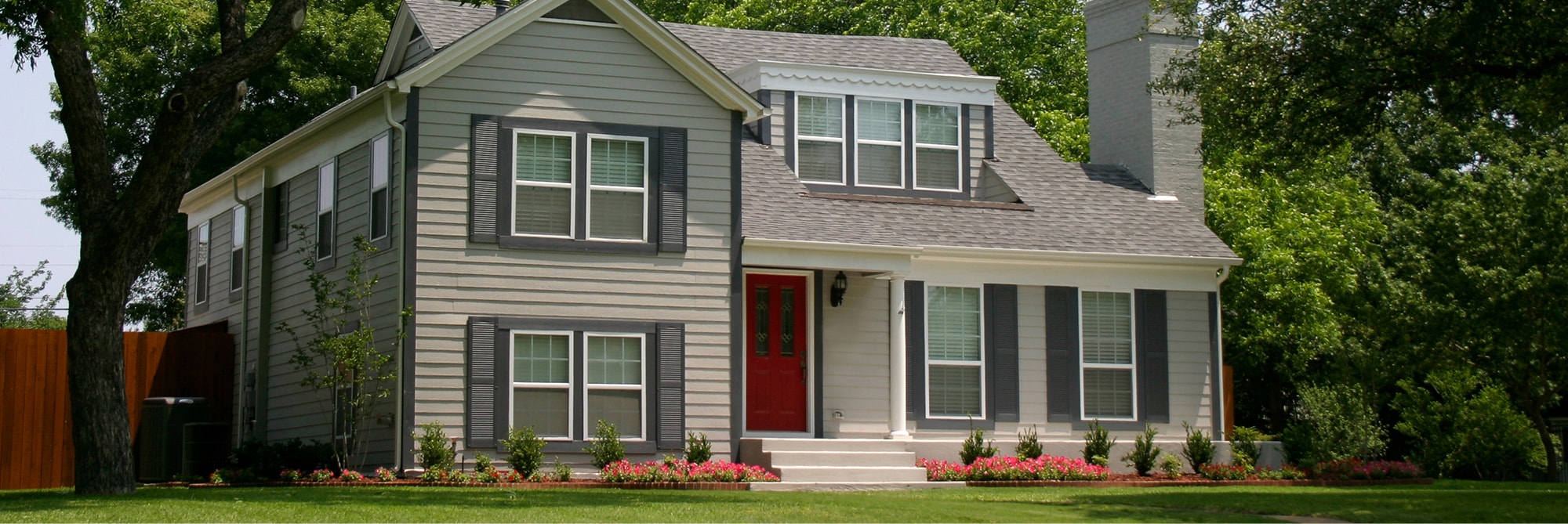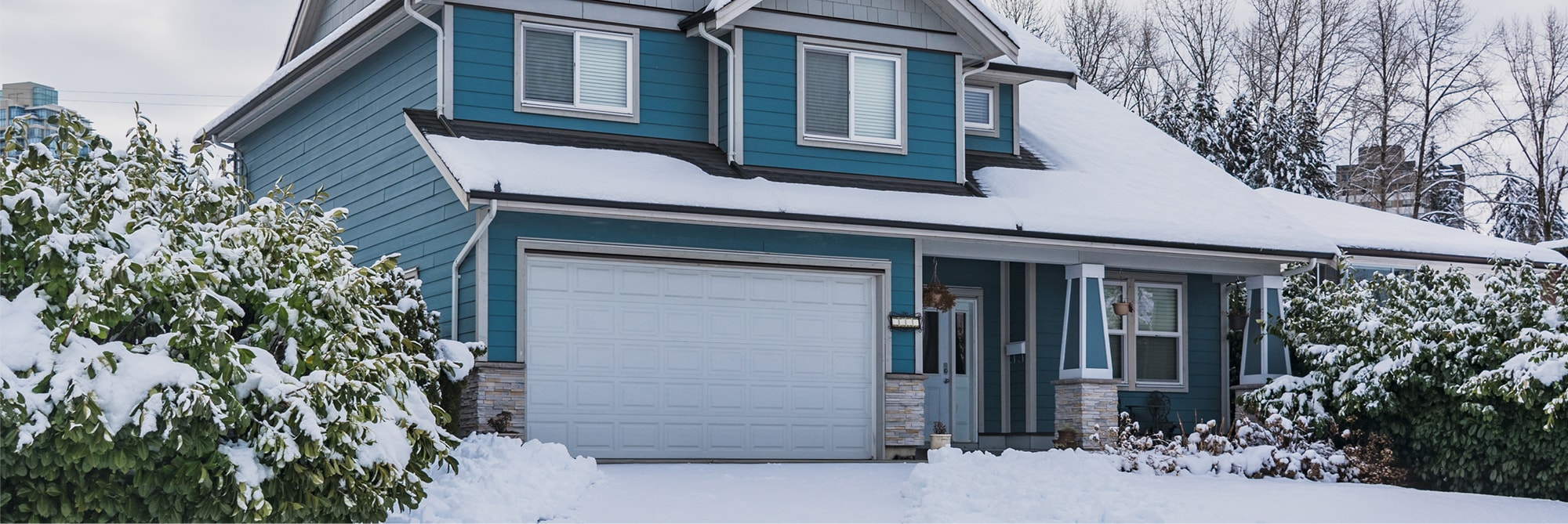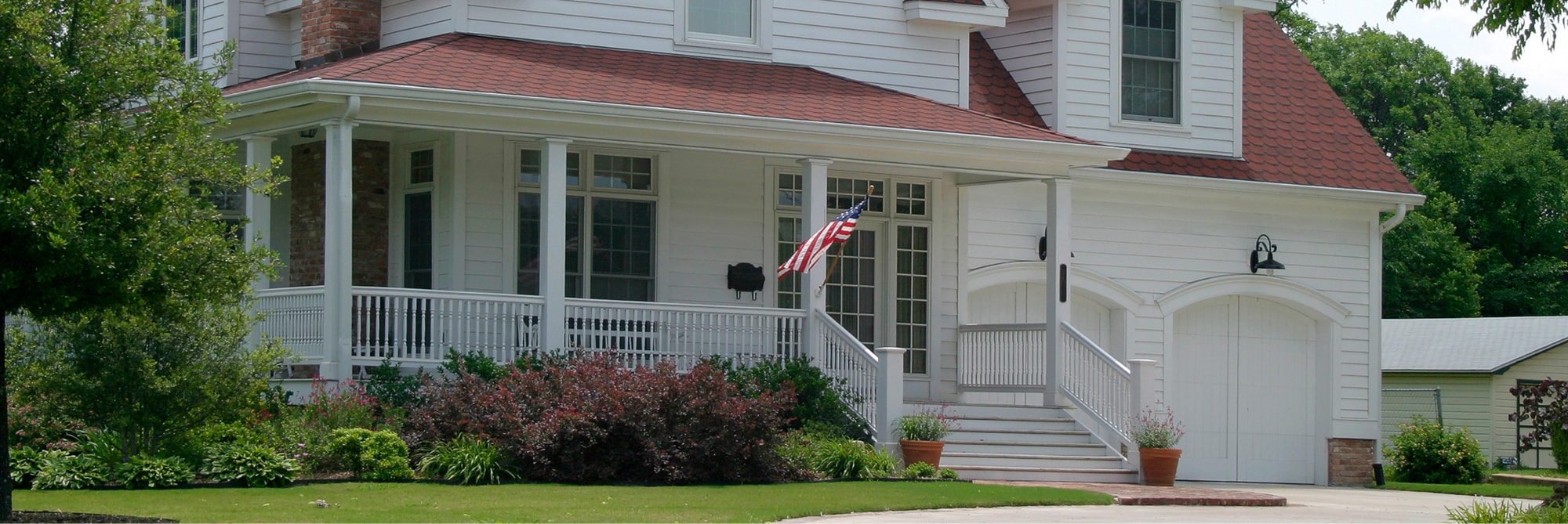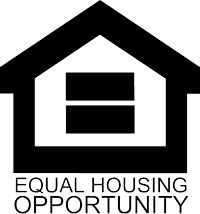With its scenic lakes, rolling hills, and lively cities, Wisconsin offers a perfect blend of natural beauty and urban charm. From Lake Michigan's shores to vibrant cities like Milwaukee and Madison, it’s a destination full of outdoor adventure and rich culture.
Wisconsin's affordability and high quality of life attract renters who want to enjoy natural beauty and modern conveniences. This unique combination makes the state a popular choice for those seeking a well-rounded and balanced lifestyle.
The rental market in Wisconsin is experiencing notable growth in 2025, particularly in major cities like Milwaukee and Madison. Despite rising prices, Wisconsin is still more affordable than the national average, but the market is tightening, making it highly essential for renters and investors to stay informed and act fast.
Below is a list of the top rental market trends that are defining Wisconsin’s housing market this year.
Top Rental Market Trends in Wisconsin for 2025
Average Rent: In the past years, even though rental prices may have remained below the national average, they are climbing steadily, especially in homes and apartments in urban areas.
Houses and Apartments: Houses in desirable neighborhoods have also become more expensive, and demand for both homes and apartments is growing.
Milwaukee Neighborhoods like Bay View, East Town, and the Third Ward have seen significant rent increases, making these areas more expensive to live in.
One Bedroom Apartment: The cost of a one-bedroom unit in Milwaukee is notably higher than in other Wisconsin cities, with prices averaging around $1,400 per month.
Two-Bedroom and Three-Bedroom Apartments: The average rent for a two-bedroom apartment in Milwaukee is $1,850, while three-bedroom units are priced near $2,200, indicating a continued rise in larger units.
Market Data: Recent data shows that despite some increases in housing supply, the market remains competitive due to high demand.
In the last months of 2024, reports indicate that rental prices in urban neighborhoods continued to rise faster than in rural or suburban areas.
Statewide Differences: While Milwaukee leads the state in rental price increases, secondary cities like Madison and Green Bay remain more affordable, although they are also experiencing rising rent pressures.
Living Costs: Across Wisconsin, living costs are increasing, with housing being one of the biggest factors contributing to higher expenses.
Rental Issues: The primary factor behind rising rents is a shortage of affordable housing, as construction has struggled to keep pace with demand.
What Renters and Investors Should Know
If you’re looking to rent in Wisconsin in 2025, now is the time to be strategic. With the rental market tightening, it's essential to act quickly when you find a good deal. Apartment hunters should keep an eye on list prices and important information.
The market offers opportunities for investors, but success depends on choosing the right neighborhood. Rapidly rising rents in gentrifying areas can lead to strong returns.
Key Takeaways
Wisconsin's rental market in 2025 offers both opportunities and challenges, with rising rents and high demand in key areas like Milwaukee. Investors and renters must stay informed and act quickly to benefit from these evolving trends and secure the best deals in this competitive landscape.
Stay ahead in the rental market with expert insights! We at General Property Management LLC track the latest trends to help you make smarter decisions and boost your ROI. Contact us today for up-to-date rental market data and personalized strategies!
Additional Resources
Can Landlords Deny Section 8 in Wisconsin?
Why Landlords Require Renters Insurance: Protecting Both You and Your Property







